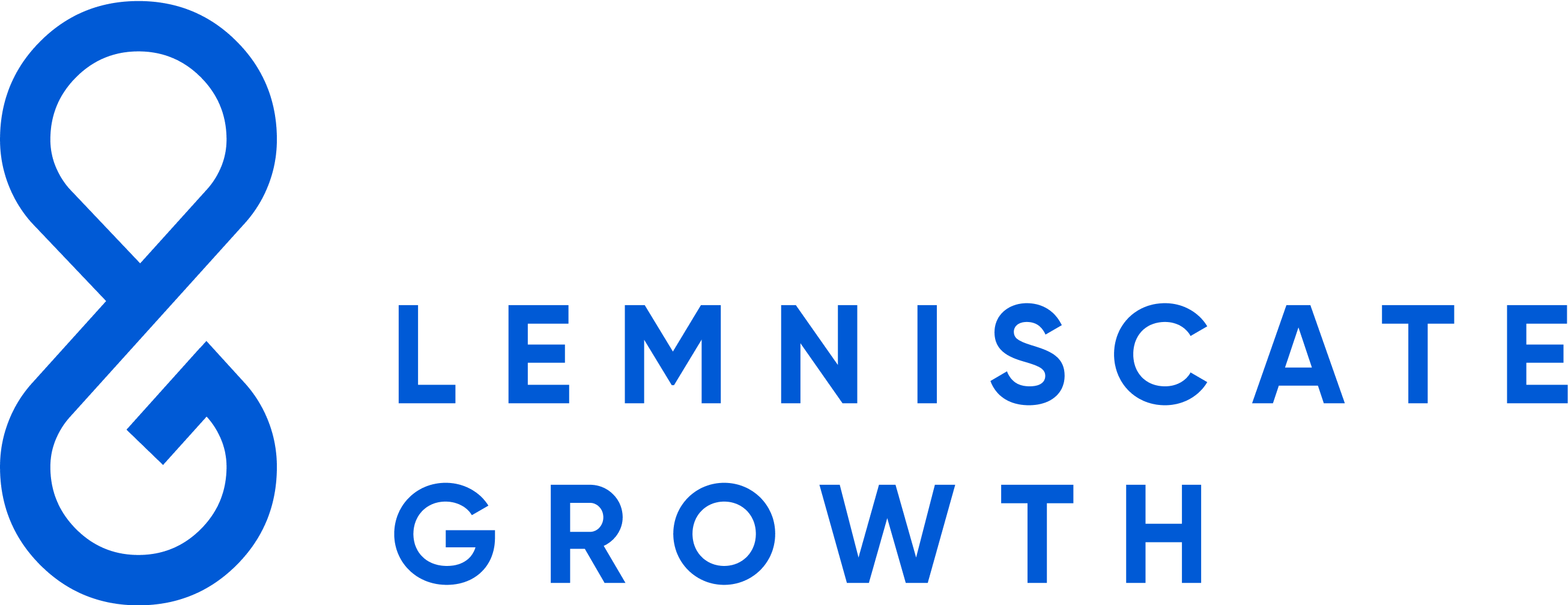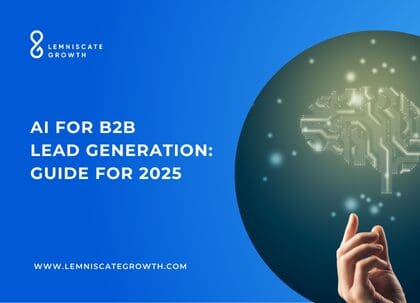In B2B marketing, businesses are constantly refining their approach to drive leads and close deals. Two dominant strategies have emerged: Account-Based Marketing (ABM) and Traditional Lead Generation. While both aim to bring in new business, they operate in fundamentally different ways, especially when it comes to personalized targeting and scalability.
Understanding these differences is crucial for choosing the right approach for your company’s unique needs. Let’s learn from basics.
What is Lead Generation?
Let’s start with “What is Lead Generation?“. Lead generation is the backbone of customer acquisition, designed to attract potential buyers and nurture them into sales-ready prospects. It revolves around identifying individuals or businesses that have shown interest in a product or service and guiding them through the decision-making process. Unlike mass-market advertising, which casts a wide net, lead generation is more focused, often relying on targeted campaigns through digital channels like SEO, content marketing, email outreach, and social media engagement. The goal isn’t just to generate interest but to build meaningful connections that increase the likelihood of conversion. Effective lead generation is a mix of strategy, timing, and personalization—ensuring the right message reaches the right audience at the right moment.
What is Traditional Lead Generation?
Traditional lead generation focuses on volume. The strategy aims to capture a wide range of leads through methods like email marketing, social media, content downloads, and webinars. The approach is built around gathering large numbers of contacts who fit general buyer personas. The sales funnel moves from awareness, where potential leads are introduced to your brand, down to consideration and decision-making.
Key Characteristics:
- High Lead Volume: The primary goal is to generate as many leads as possible, filtering them through various stages of the funnel to identify the most qualified prospects.
- Broad Messaging: Marketing campaigns are designed to appeal to broad audience segments rather than personalized outreach.
- Automated Nurturing: Leads are typically nurtured using automated emails, newsletters, and drip campaigns to move them down the funnel.
While this method is effective for companies needing a steady flow of leads, it can result in lower conversion rates, as many of the leads may not be fully qualified or ready to make a purchase.
What is Account-Based Marketing (ABM)?
ABM flips the traditional lead generation model on its head. Instead of casting a wide net, ABM targets a specific list of high-value accounts. Marketing and sales teams work together to create customized campaigns that speak directly to key decision-makers within these accounts. This level of personalization allows businesses to build deeper, more meaningful relationships with potential clients, increasing the chances of closing high-value deals.
Key Characteristics:
- Targeted Accounts: ABM focuses on a predefined list of accounts that align with the business’s ideal customer profile (ICP). Instead of quantity, the focus is on the quality and potential lifetime value of each account.
- Personalized Outreach: Campaigns are highly personalized and tailored to each account’s specific pain points, industry, and needs.
- Sales and Marketing Alignment: ABM thrives on close collaboration between sales and marketing teams. The goal is to ensure every touchpoint with the account is strategic and aligned with their buying journey.
Personalization: The ABM Advantage
Personalized targeting is where ABM stands apart. In ABM, every interaction is tailored to the individual needs of each account, ensuring that marketing messages are relevant and timely. This type of hyper-focused targeting leads to more meaningful engagement and, ultimately, higher conversion rates.
- Content Relevance: Instead of sending generic content like traditional lead generation, ABM campaigns deliver specific insights that address the target account’s challenges. For example, if you’re targeting a financial services firm, you’ll craft content that speaks to their compliance challenges, ROI expectations, or regulatory hurdles.
- Tailored Messaging: ABM marketers use data-driven insights to develop custom messaging for key decision-makers within each account. These personalized messages, whether delivered via email, direct mail, or social media, are much more likely to resonate compared to mass-produced marketing materials.
- Sales-Driven Personalization: ABM involves ongoing collaboration between sales and marketing, ensuring that sales teams are equipped with detailed insights about the account’s journey. Every touchpoint builds on the previous one, leading to a seamless and highly customized experience for the buyer.
Scalability: Lead Generation Wins on Volume, ABM Wins on Quality
When scalability is the priority, traditional lead generation offers clear advantages. It allows businesses to reach large audiences and collect thousands of leads through wide-reaching campaigns across channels. This approach is often used for companies with short sales cycles or those selling lower-value products.
However, the downside of scalability is that many leads may not be ready to purchase or are not an ideal fit, resulting in wasted resources on unqualified prospects. With traditional lead generation, the conversion rate tends to be lower because the broad targeting sacrifices relevance for scale.
ABM, on the other hand, is inherently less scalable but much more focused on high-quality leads. By dedicating time and resources to engage fewer accounts more deeply, ABM delivers a higher ROI per account. For businesses selling complex products or services with long sales cycles, ABM ensures the effort is invested where it matters most—on accounts with high potential.
When to Use ABM vs. Traditional Lead Generation
Choosing between ABM and traditional lead generation depends on your business’s sales cycle, target market, and growth goals. Here are scenarios where one approach may be better than the other:
- High-Value Accounts with Complex Sales Cycles: ABM is ideal when targeting large, enterprise-level accounts that require multiple touchpoints and stakeholder engagement. If your product or service involves a high price point, longer sales cycles, and numerous decision-makers, ABM’s personalized approach can increase your chances of closing deals.
- Broad Market Reach and High Volume Needs: If you’re targeting small to medium-sized businesses (SMBs) or you have a large addressable market, traditional lead generation is the better fit. This approach allows you to quickly capture a broad audience, push them through the funnel, and generate conversions at scale.
- Sales and Marketing Alignment: If your sales team is closely aligned with your marketing team and you’re targeting a smaller number of high-value accounts, ABM will deliver more impactful results. The unified strategy allows for seamless collaboration, resulting in a more cohesive customer experience.
- Quick Lead Acquisition Needs: For businesses with a need to rapidly fill the top of the funnel, traditional lead generation offers the speed and volume necessary to keep your sales pipeline active. This is especially useful for businesses that sell products with shorter sales cycles and lower transaction values.
Final Thoughts: Which is Right for Your Business?
The choice between ABM and traditional lead generation isn’t about which is better in general but which is better for your business. ABM excels when targeting high-value, complex accounts that need personalized attention. Traditional lead generation works best when your goal is to generate a large volume of leads quickly and at scale.
Many successful companies use a hybrid approach—leveraging traditional lead generation to capture broad interest and fill the top of the funnel, while using ABM tactics to engage high-value accounts deeper in the pipeline. The key is to assess your business goals, resources, and target market, then tailor your strategy accordingly.
By aligning the right strategy with your business objectives, you can drive growth, improve engagement, and increase your marketing ROI.





